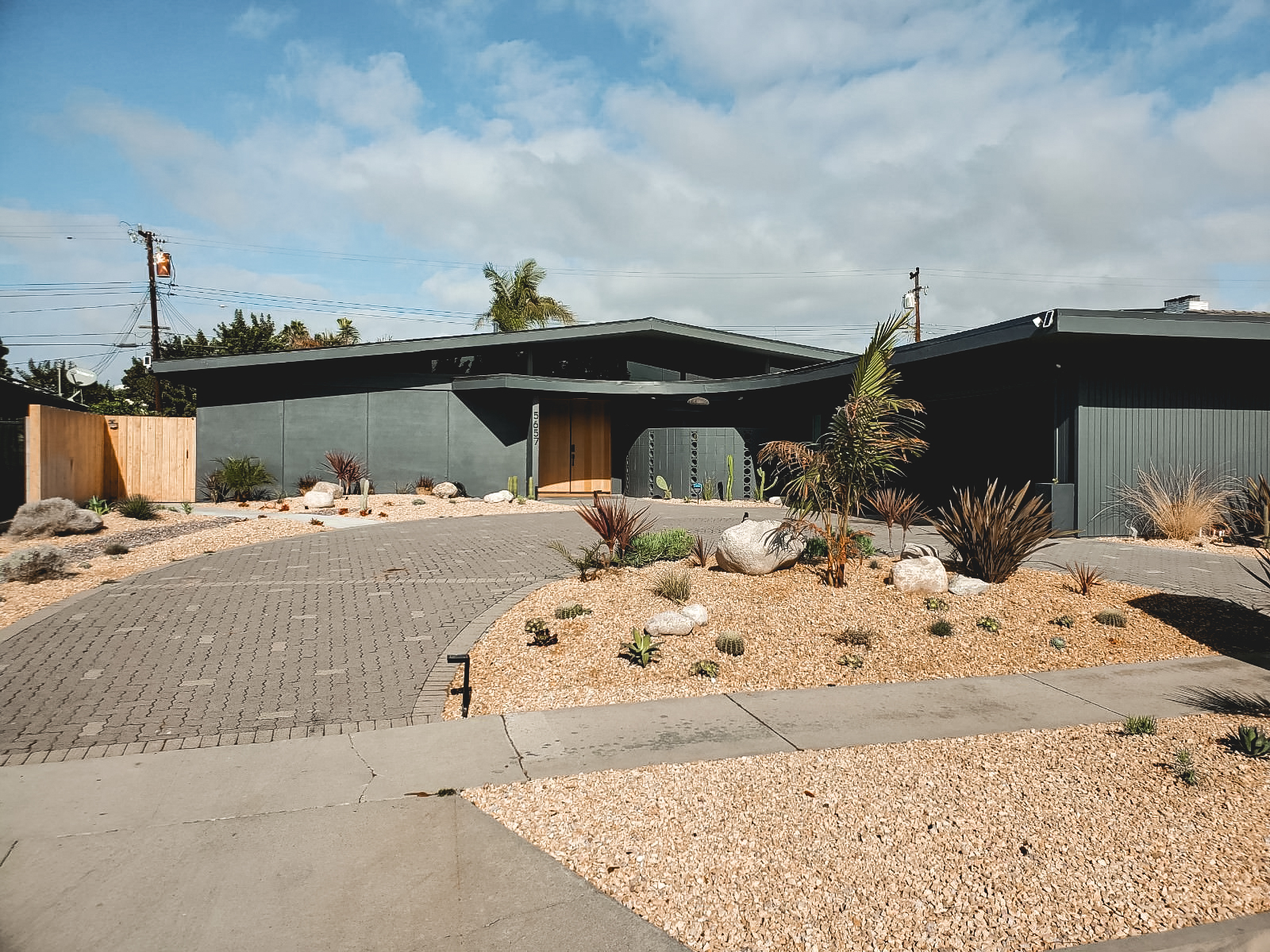Construction Industry Outlook for 2025: Trends, Challenges, and Opportunities
Construction Industry Outlook for 2025: Trends, Challenges, and Opportunities
As we step deeper into 2025, the construction industry is navigating a fast-evolving landscape shaped by technology, sustainability, labor dynamics, and changing economic conditions. Despite economic uncertainties, the outlook for construction remains promising — but it’s not without challenges. Here’s a closer look at where the industry is heading this year.
1. A New Wave of Technology Integration
Construction technology is no longer a luxury; it’s becoming a necessity. In 2025, companies that are thriving are the ones embracing innovations like:
Drones for surveying and progress tracking
3D printing for faster, cheaper building components
AI-powered project management tools that help optimize schedules and costs
Augmented reality (AR) and virtual reality (VR) for safer and more accurate planning
As labor shortages continue, automation and robotics are stepping in to perform repetitive or dangerous tasks, freeing up workers for higher-skill roles.
2. Sustainability as a Competitive Edge
“Green building” is no longer just a buzzword. Clients — especially younger generations — are demanding eco-friendly construction practices. In 2025, builders that prioritize energy efficiency, renewable materials, and sustainable design are winning more bids. LEED certifications, solar integration, and carbon-neutral practices are becoming key selling points.
3. Labor Shortages: Still a Top Concern
Even as demand for new builds and remodels grows, the construction workforce isn’t keeping pace. The industry is feeling the pressure from an aging workforce and fewer young workers entering the trades.
In 2025, companies are getting creative: offering higher wages, expanding apprenticeship programs, and investing in better on-site conditions to attract talent.
4. Modular and Prefabricated Construction on the Rise
Speed and cost-efficiency are driving interest in modular building techniques. In sectors like multi-family housing, healthcare, and even hospitality, modular construction is booming. It offers faster turnaround times, consistent quality, and reduced waste — all major advantages in today’s market.
5. A Focus on Resiliency
Natural disasters are becoming more frequent and severe, and clients are more focused than ever on resiliency. In 2025, smart builders are positioning themselves as experts in resilient construction, offering solutions that can withstand hurricanes, floods, fires, and earthquakes.
6. Economic Pressure and Rising Costs
Material costs are fluctuating, interest rates remain a hot topic, and uncertainty around supply chains persists. Smart contractors in 2025 are learning to:
Lock in pricing early
Diversify suppliers
Embrace flexible project timelines
Clients appreciate builders who are transparent about costs and who can offer strategic advice during uncertain times.
Final Thoughts: A Year of Evolution
The construction industry in 2025 is about adaptability. Companies that innovate, invest in their people, and think sustainably are carving out a strong future, while those who resist change are falling behind. Whether it’s through technology adoption, better labor practices, or new building methods, the construction leaders of tomorrow are being made today.



